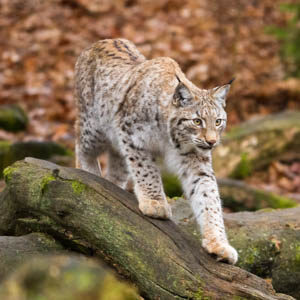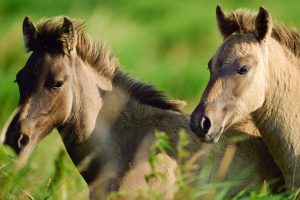Keystone species
As top predators, lynx are keystone species, helping to maintain balanced, healhy populations of other animals. Like wolves, European bison and beavers, keystone species are widlife species that have a large impact on their community by controlling the dominance of other species, or by changing habitat structure. In Europe, both the Eurasian and Iberian lynx are of cultural importance too, and they are increasingly important for wildlife tourism.



















